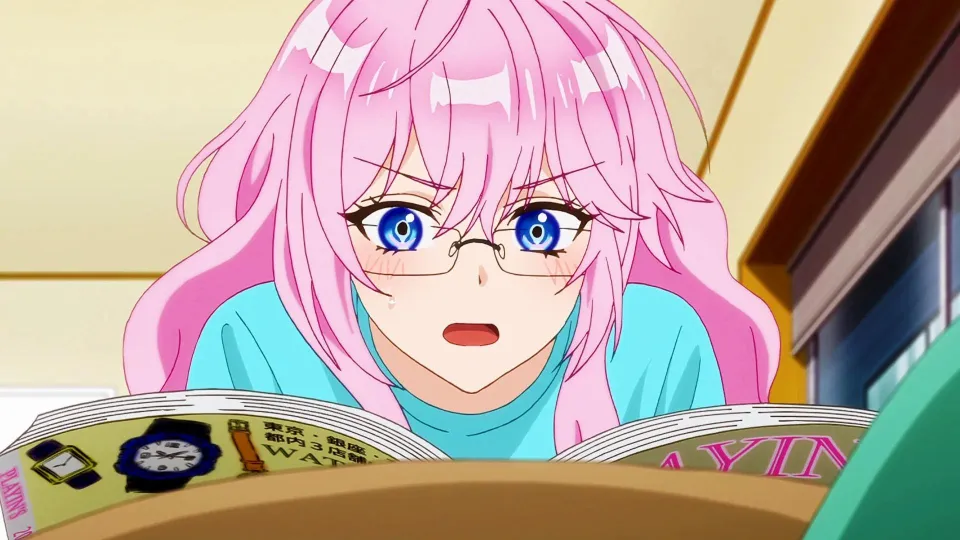Why is manga surpassing American comics?

For fans of American comics and graphic novels, the market has seen the emergence of two major factions: Western comics, especially those published by giants DC Comics and Marvel Comics, and the vast world of Japanese manga. Although manga can be considered the Japanese version of comics, it is also a unique art form that has been valued on an equal footing for decades. However, in recent years, manga has clearly surpassed comics, both in sales and cultural relevance.

Even in the West, where comics have been a fundamental part of pop culture for decades, manga has consistently outsold American comics. Despite the rise of action figures and the Marvel Cinematic Universe (MCU), comics have not been able to compete in several key aspects, from common perception to price. Every consumer has their preferences, and there's no one-size-fits-all answer as to how manga won the battle against comics, but it's undeniable that manga has done certain things better.
Shonen action series are the mainstay of manga's success, although there is room for other genres such as drama in "Oshi no Ko" and traditional fantasy in "Frieren: Beyond Journey's End." The manga has seen notable success in the West in recent years, with titles such as "Demon Slayer: Kimetsu no Yaiba," "Jujutsu Kaisen," and "My Hero Academia" regularly appearing on bestseller lists. According to Publishers Weekly, manga sales accounted for nearly 45% of all comics sold in 2022, surpassing even children's comics.
The popularity of anime has been a key factor in the rise of manga. In 2021, comic book sales reached a record $2.075 billion, with manga accounting for $1.47 billion of that figure. Comparatively, the sales numbers of individual comics were significantly lower. This shows that manga has become a more popular and accessible option.
In practical terms, manga has gained in large part due to its value for money and availability. Manga volumes are typically between 160 and 180 pages long and cost around $10, an excellent value for any consumer, especially when compared to individual comics that have fewer pages and similar prices. In addition, mangas are available in conventional bookstores, which gives them much greater visibility and a less "geeky" image.
Another important factor is the barrier to entry. The manga features more linear and less complex stories compared to the intricate universes of the comics, which can be overwhelming for new readers. The manga's plots are easy to follow, making it easy for new readers to immerse themselves in this world without having to worry about decades of continuity and reboots.
The manga's more diverse content also plays a crucial role. Although comics have tried to diversify their genres and audiences, manga offers a much wider variety of stories that appeal to a more diverse audience. From action and adventure to romance and comedy, manga has something for everyone, broadening its appeal and readership.
In conclusion, manga has managed to surpass Western comics not only for its accessibility and price, but also for its diversity of content and availability in more accessible places. This phenomenon has allowed manga to become the industry giant it is today, gaining ground in a market that was traditionally dominated by comics.
Source: ComicBook Resources

